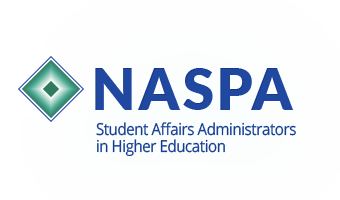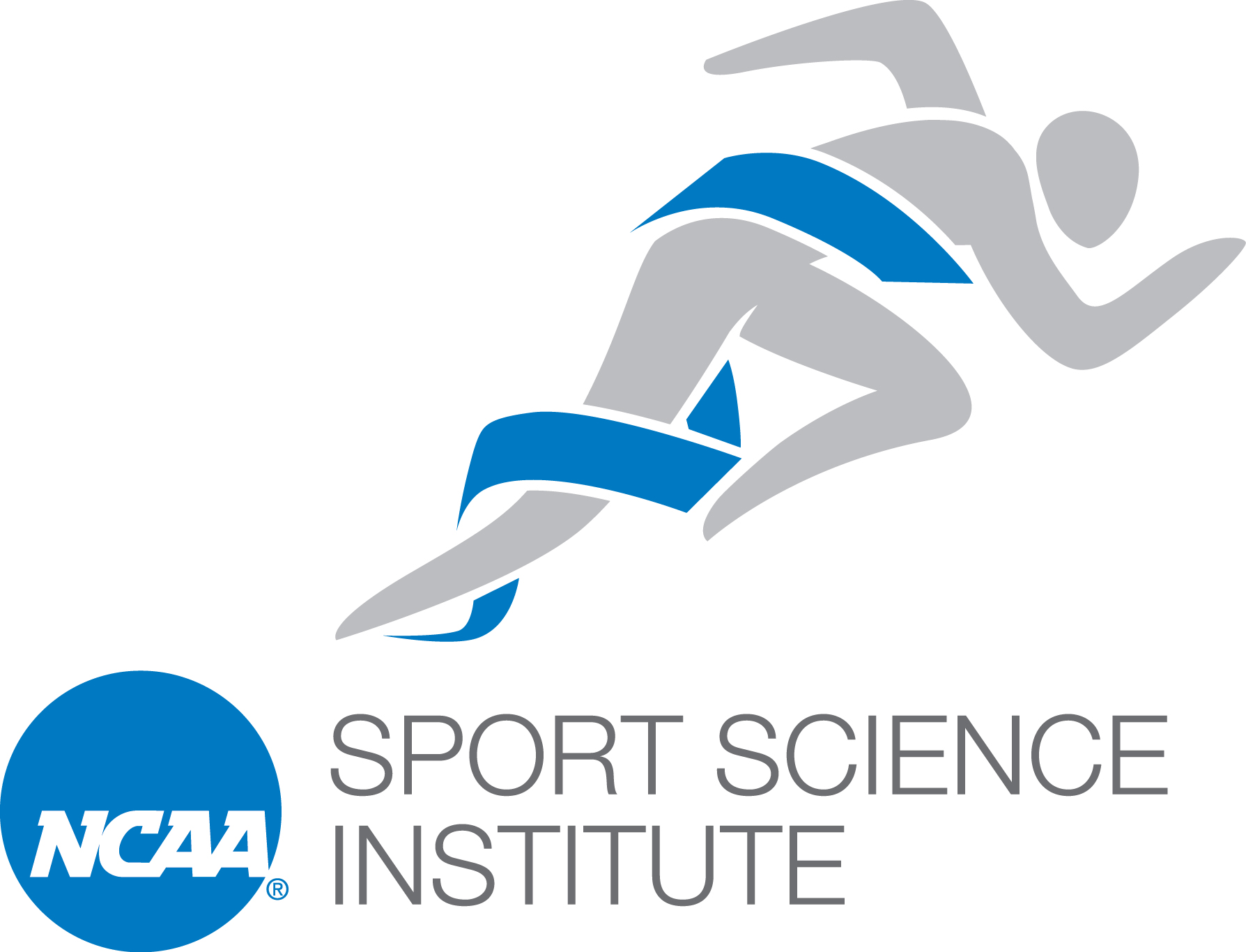Since 1920, the American College Health Association (ACHA) has served as the voice for student health and wellness. Through advocacy, research and education, ACHA stands at the forefront of issues that impact the health and wellness of our college students. ACHA represents over 1,100 institutions of higher education, representing the collective health and wellness needs of 10 million college students. ACHA serves nearly 3,000 individual college health and wellness professionals and leaders of all disciplines united together to advance the health and wellness of college students. Membership in ACHA is your key to unlocking tremendous vision and knowledge that can enrich your campuses’ health and wellness services, your professional development, and efforts toward creating a culture of wellness on your campus.
ACPA, founded in 1924 by May L. Cheney, has nearly 7,500 members representing 1,200 private and public institutions from across the U.S. and around the world. ACPA members include graduate and undergraduate students enrolled in student affairs/higher education administration programs, faculty, and student affairs educators, from entry level to senior student affairs officers, and organizations and companies that are engaged in the campus marketplace.
The mission statement of ASCA is to advance the student conduct profession.
Membership in ASCA shall generally be open to any person who has a legitimate interest in the mission, vision, core values and activities of the Association and who agrees to abide by the provisions contained in the Associations Bylaws and Statement of Ethical Principles and Standards of Conduct. Eligibility criteria for each specific class of membership are outlined below. Members will be considered in good standing if they have no outstanding debt with the Association and have paid their dues (if required) in accordance with the dues schedule approved by the Board of Directors.
The Association for Student Judicial Affairs (ASJA) began in 1986 when Don Gehring of the University of Louisville, began to discuss with others his idea for a professional association to serve the needs of campus judicial officers. In January 1987, Don convened a small group of interested persons who were attending the Stetson University Law and Higher Education conference.
We are the leading association for the advancement, health, and sustainability of the student affairs profession. Our work provides high-quality professional development, advocacy, and research for 15,000 members in all 50 states, 25 countries, and 8 U.S. territories.
The National Athletic Trainers’ Association (NATA) is the professional membership association for certified athletic trainers and others who support the athletic training profession. Founded in 1950, the NATA has grown to more than 45,000 members worldwide today. The majority of certified athletic trainers choose to be members of NATA to support their profession and to receive a broad array of membership benefits. By joining forces as a group, NATA members can accomplish more for the athletic training profession than they can individually. The NATA national office currently has more than 40 full-time staff members who work to support NATA’s mission.
Student-athlete well-being is a foundational component of the NCAA mission and has been a priority for the NCAA for more than 100 years.
As the Association’s national center of excellence, the NCAA Sport Science Institute works closely with the Committee on Competitive Safeguards and Medical Aspects of Sports and is committed to serving and educating student-athletes and our membership. The SSI aims to provide college athletes with the best environment for safety, excellence and wellness through research, education, best practices, and collaboration with member schools, national governing bodies, key medical and youth sport organizations, and the public and private sectors.
NIRSA comprises and supports leaders in collegiate recreation.
As college and university students develop into future leaders, NIRSA members support their learning and growth by fostering lifelong habits of wellbeing. Leadership, teamwork, dedication, and respect are among the many skills exercised by inclusive competition, fitness, and recreation. Since its founding in 1950, NIRSA membership has grown to comprise nearly 4,500 dedicated professionals, students, and businesses, serving an estimated 8.1 million students.
NIRSA believes that collegiate recreation is a significant and powerful key to inspiring wellness in local, regional, and global communities. Learn more about our mission.
Our network of passionate professional and student members drive the association through volunteer leadership and is supported by the NIRSA team at headquarters, based in Corvallis, Oregon.
The North American Interfraternity Conference (NIC) is a trade association representing 66 inter/national men’s fraternities. Our current member organizations have 6,100 chapters located on 800 campuses, with 380,000 undergraduate members and 4.2 million alumni.
NIC member organizations also represent a diverse range of fraternity men and interfraternal interests, including fraternities founded for leadership and business interests as well as faith-based, multicultural, historically black, and new or emerging fraternities.
The Higher Education Center for Alcohol and Drug Misuse Prevention and Recovery (HECAOD) is the premier alcohol and drug misuse prevention and recovery resource for colleges and universities across the nation. HECAOD is a joint collaboration between The Ohio State University’s College of Social Work, College of Pharmacy, Office of Student Life, Generation Rx, and the Collegiate Recovery Community.

The University Risk Management and Insurance Association (URMIA) is uniquely dedicated to the advancement of the profession of risk management in higher education. URMIA provides community, education, and resources to an international community of more than 3,100 members. This includes practicing professionals at more than 900 institutions of higher learning, as well as 125+ affiliate companies and partner organizations that serve the needs of higher education risk management and insurance.
The basis of risk management begins with an assessment of the risk of events that could adversely affect the institution. The range of activities in which educational institutions engage creates an array of risks which is wider than found in most other industries. Such lists are never final because change is constant; risk assessment must be an ongoing effort. Risk management strategies to prevent substance misuse aim to minimize harm and ensure a safe environment for students, staff, and the broader campus community. A comprehensive risk management approach should promote efforts that focus on prevention, education, enforcement, and support. By fostering a culture of awareness and providing ample resources, colleges and universities can better address the complex challenges posed by drug and alcohol use on campus.

The core purpose of NODA – the Association for Orientation, Transition, and Retention in Higher Education is to create a community of practice that defines and enriches the fields of orientation, transition, and retention.









